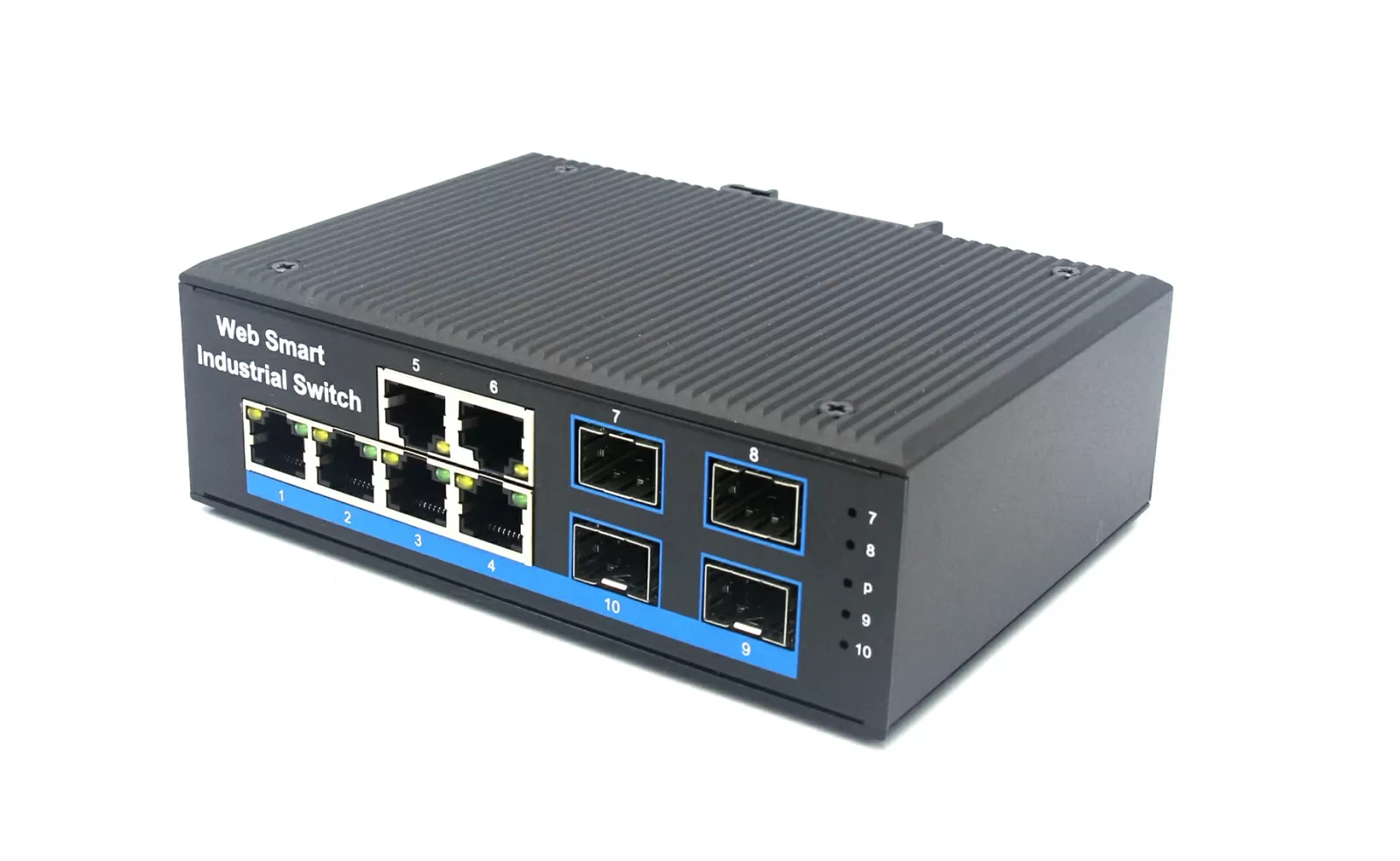.
Exploring the Vast World of Ethernet Switches
Ethernet switches are indispensable networking devices that enable efficient and secure data transfer within a network. With advancements in technology, various types of Ethernet switches have emerged to cater to different requirements. In this article, we will delve into the different types of Ethernet switches and their unique features.

1. Unmanaged Ethernet Switches
Unmanaged Ethernet switches are the simplest form of switches. They are plug-and-play devices that do not require any configuration. These switches are ideal for small networks where basic connectivity is required without any advanced features. Unmanaged switches seamlessly transmit data packets between connected devices.
2. Managed Ethernet Switches
Managed Ethernet switches, as the name suggests, offer greater control over network management. These switches provide advanced features such as VLAN support, Quality of Service (QoS), and Port Mirroring. System administrators can configure and monitor these switches to optimize network performance and ensure efficient traffic management.
3. Layer 2 Ethernet Switches
Layer 2 Ethernet switches operate at the Data Link Layer (Layer 2) of the OSI model. They use MAC addresses to forward data packets within a local network. Layer 2 switches are efficient in reducing network congestion and improving performance. These switches are commonly used in small to medium-sized networks.
4. Layer 3 Ethernet Switches
Layer 3 Ethernet switches operate at the Network Layer (Layer 3) of the OSI model. They are more advanced than Layer 2 switches as they can perform routing functions. Layer 3 switches can route data packets based on IP addresses, allowing for inter-VLAN communication and improved network efficiency. These switches are suitable for larger networks with multiple VLANs.
In conclusion, Ethernet switches play a vital role in modern networking environments. Unmanaged switches offer simplicity and basic connectivity, while managed switches provide advanced features for network optimization. Layer 2 switches improve performance within local networks, while Layer 3 switches offer routing capabilities for larger networks. Choosing the right type of Ethernet switch depends on the specific requirements and scale of your network.





